By Jenn Janness, Urban Forestry Council Liaison, jennipher.janness@wisconsin.gov or 715-815-7173
The Wisconsin Department of Natural Resources (DNR)’s Division of Forestry recently welcomed six new members to the Wisconsin Urban Forestry Council and said farewell to three members who contributed much to the council. In addition, four council members renewed their commitment for another three-year term. Linda Cadotte was also confirmed as the chair and will serve for two years.
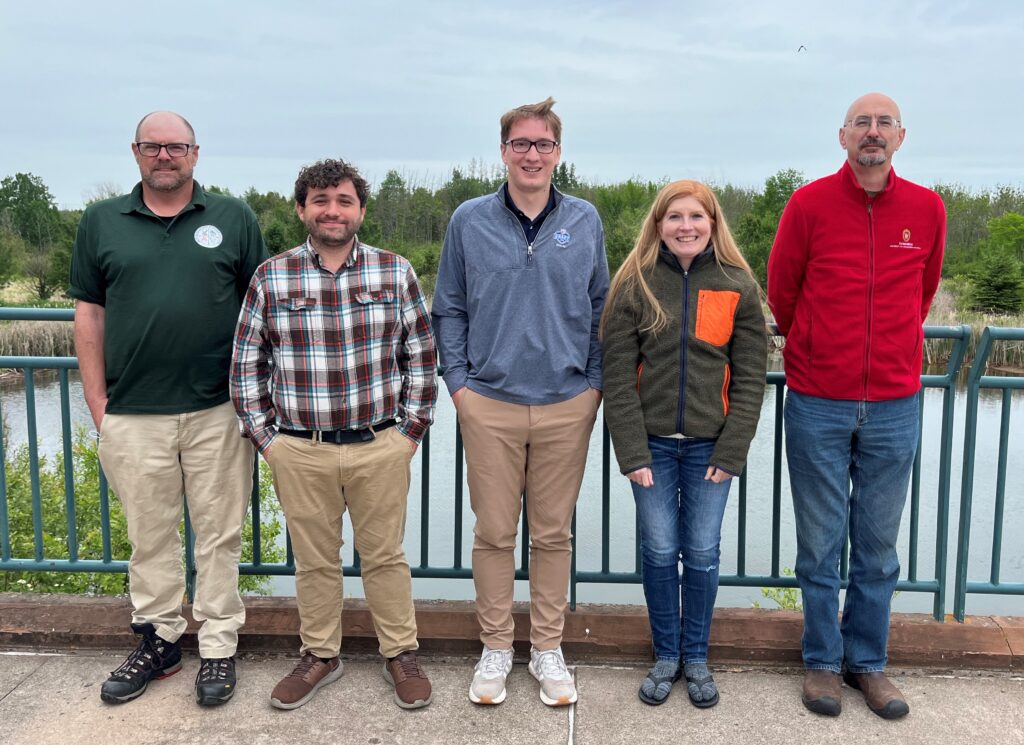
New council members left to right: Greg Blick, Mitch Lannan, Evan Miller, Kristi Sherfinski and Allen Pyle (not pictured, Jeff Kluslow)
Continue reading “DNR Urban Forestry Council Welcomes New Members”

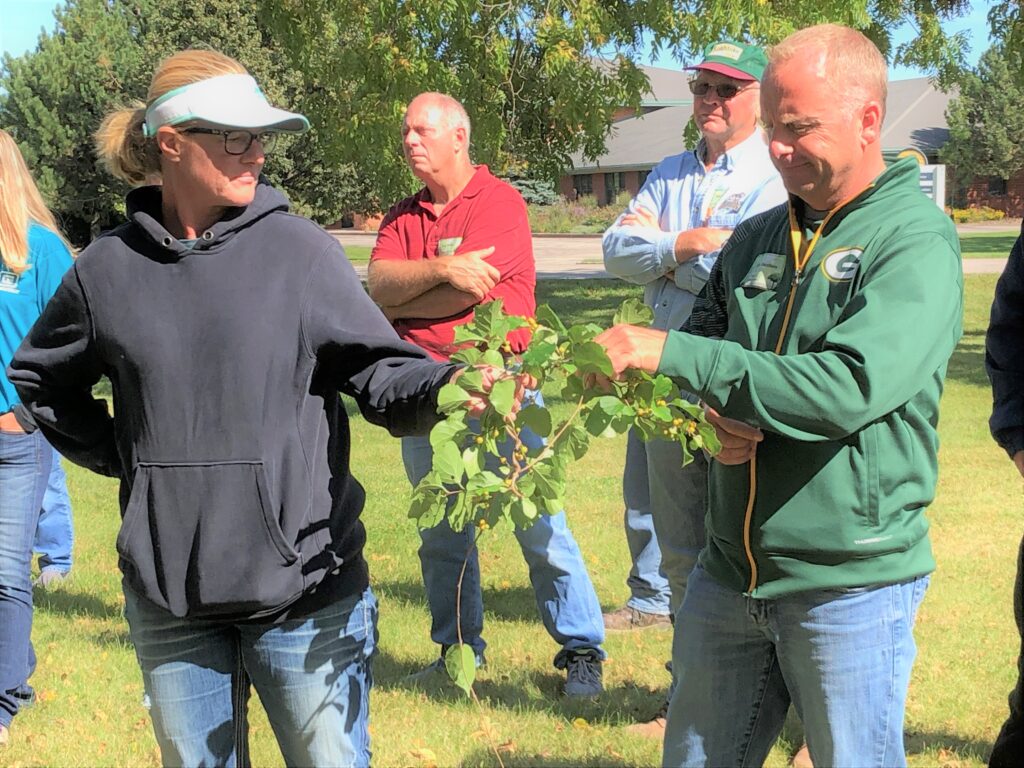 The Wisconsin Department of Natural Resources is partnering with the UW-Madison Division of Extension to host a series of fall workshops on invasive species plant identification and management. Learn about invasive plants in urban settings, focusing on identification, impacts, management and available resources. Dr. Mark Renz (professor and Extension specialist with UW-Madison) will lead the instruction, with Travis Wilson, Matt Wallrath and John Zabrosky assisting. Each workshop will include morning classroom instruction followed by hands-on field demonstrations in the afternoon. The cost of the workshop is $40 and includes lunch.
The Wisconsin Department of Natural Resources is partnering with the UW-Madison Division of Extension to host a series of fall workshops on invasive species plant identification and management. Learn about invasive plants in urban settings, focusing on identification, impacts, management and available resources. Dr. Mark Renz (professor and Extension specialist with UW-Madison) will lead the instruction, with Travis Wilson, Matt Wallrath and John Zabrosky assisting. Each workshop will include morning classroom instruction followed by hands-on field demonstrations in the afternoon. The cost of the workshop is $40 and includes lunch. 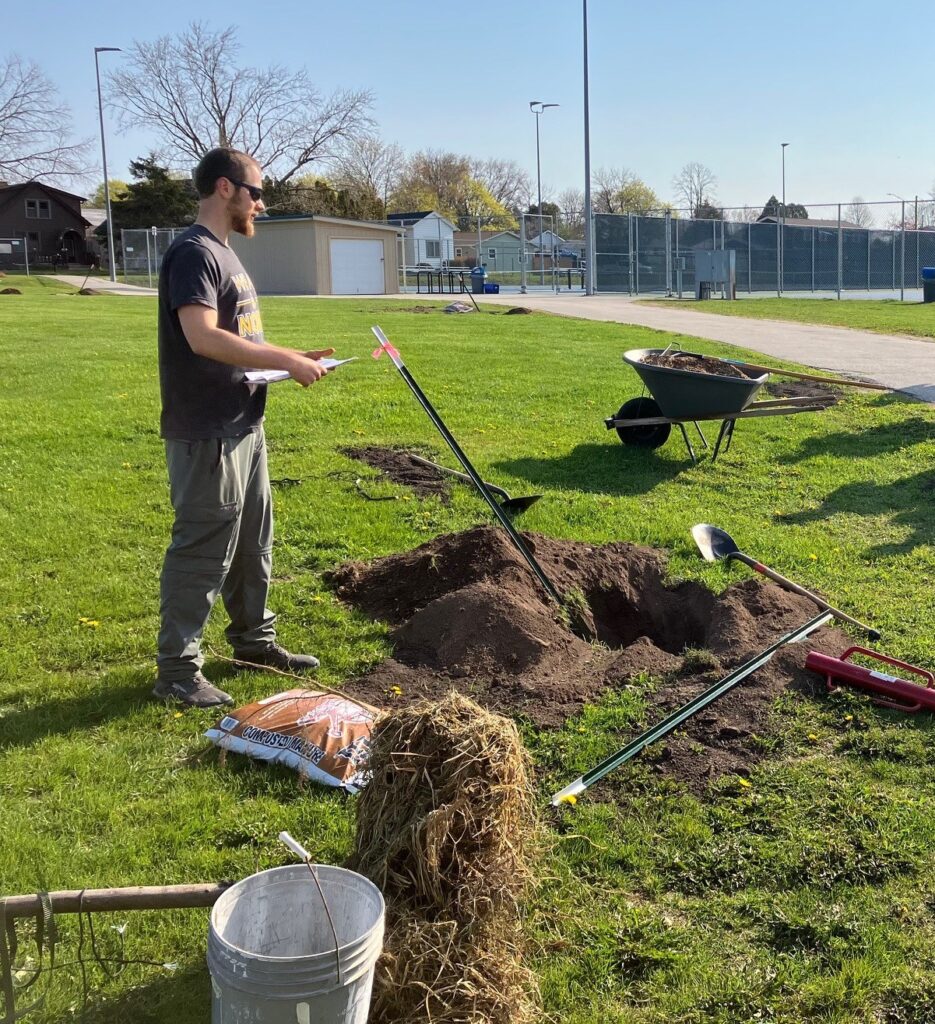
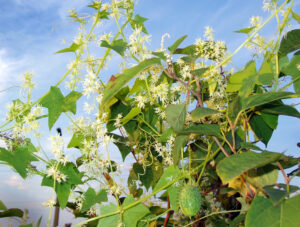
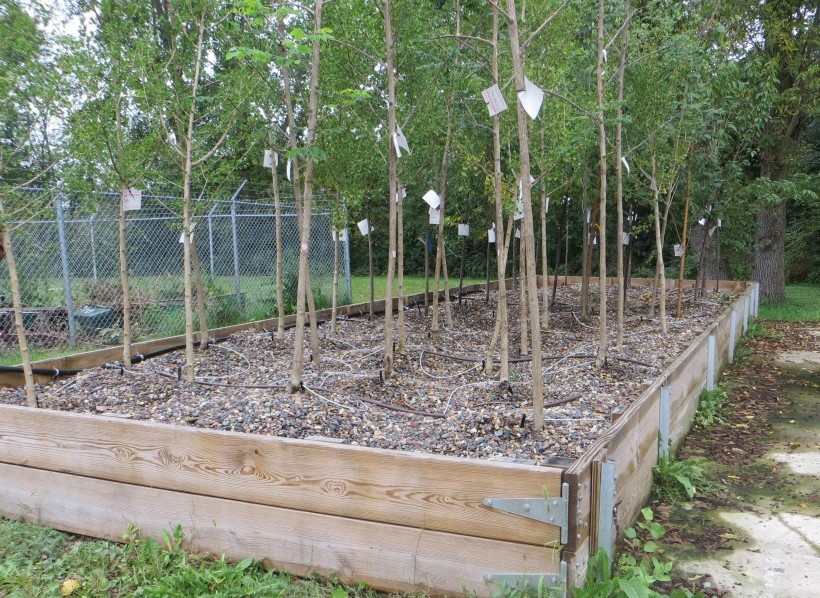 Beginning July 1, 2025, cities, villages, towns, counties, tribes and 501(c)(3) nonprofit organizations in –or conducting their projects in – Wisconsin can apply for a regular or startup 2026 Wisconsin Department of Natural Resources (DNR) Urban Forestry grant. The total 2026 available funding is $559,680, with a possible release of $139,920 of catastrophic storm reserve to fund a second round in March 2026.
Beginning July 1, 2025, cities, villages, towns, counties, tribes and 501(c)(3) nonprofit organizations in –or conducting their projects in – Wisconsin can apply for a regular or startup 2026 Wisconsin Department of Natural Resources (DNR) Urban Forestry grant. The total 2026 available funding is $559,680, with a possible release of $139,920 of catastrophic storm reserve to fund a second round in March 2026. 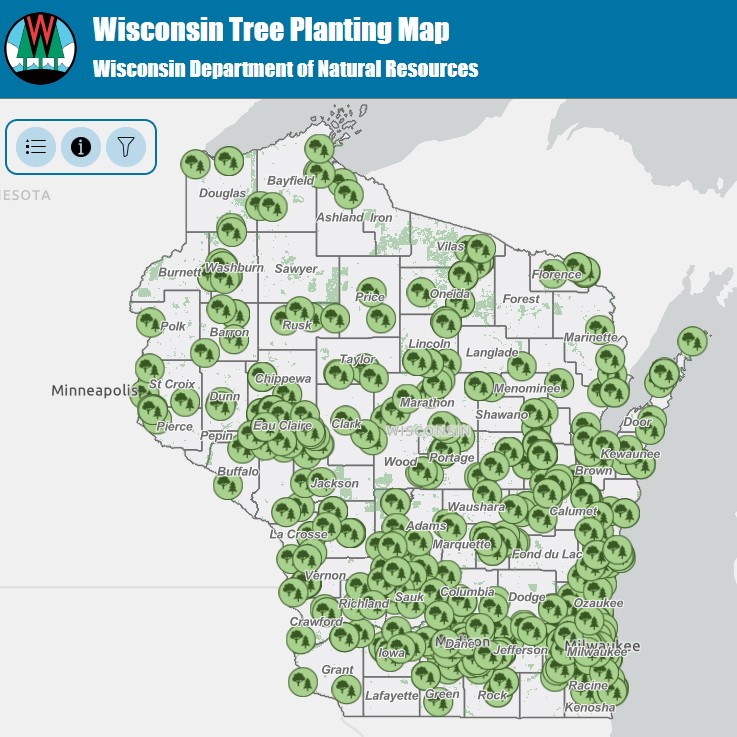 When your newly planted trees are getting comfortable in their new homes, you’ve pulled the splinters from your hands and you find yourself at a desk asking yourself, “What now?”, we have an answer for you.
When your newly planted trees are getting comfortable in their new homes, you’ve pulled the splinters from your hands and you find yourself at a desk asking yourself, “What now?”, we have an answer for you.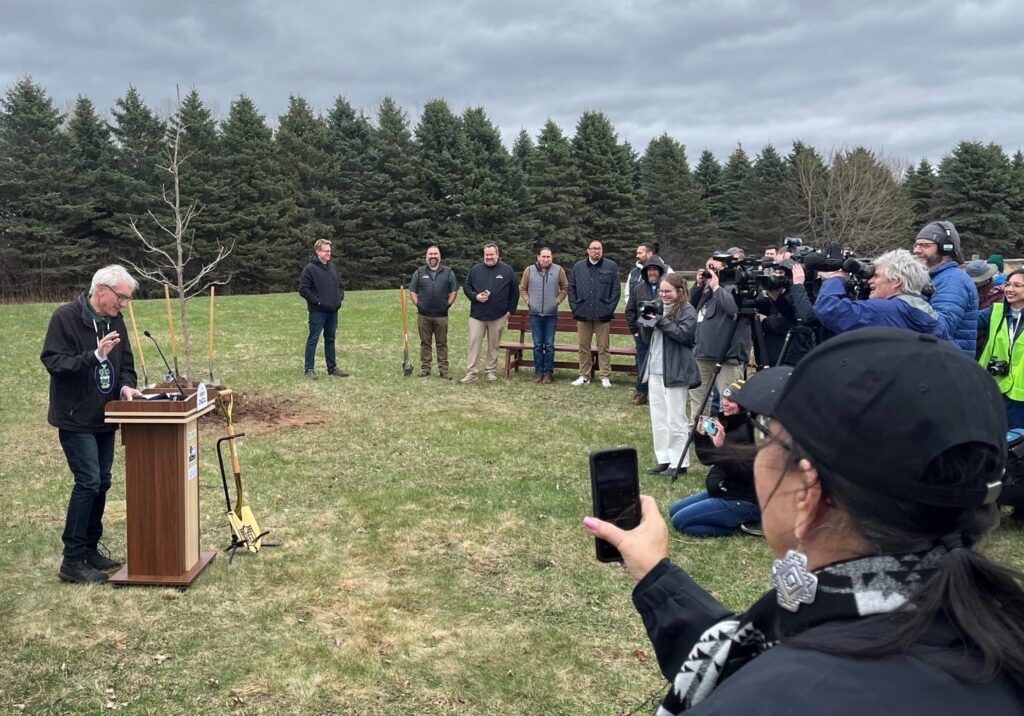

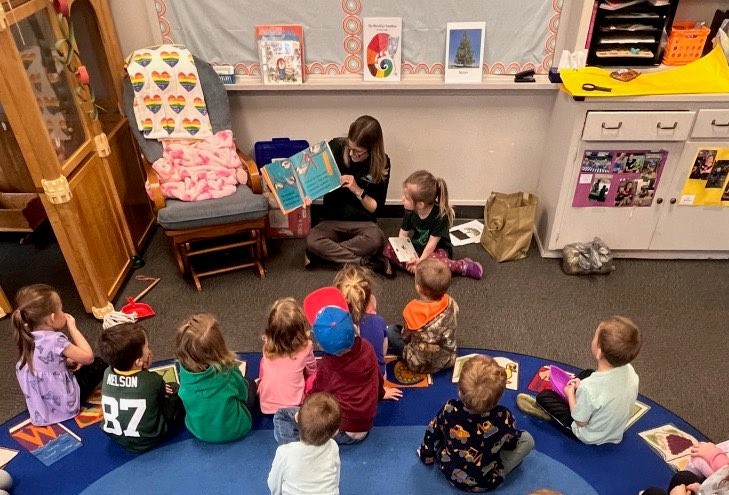
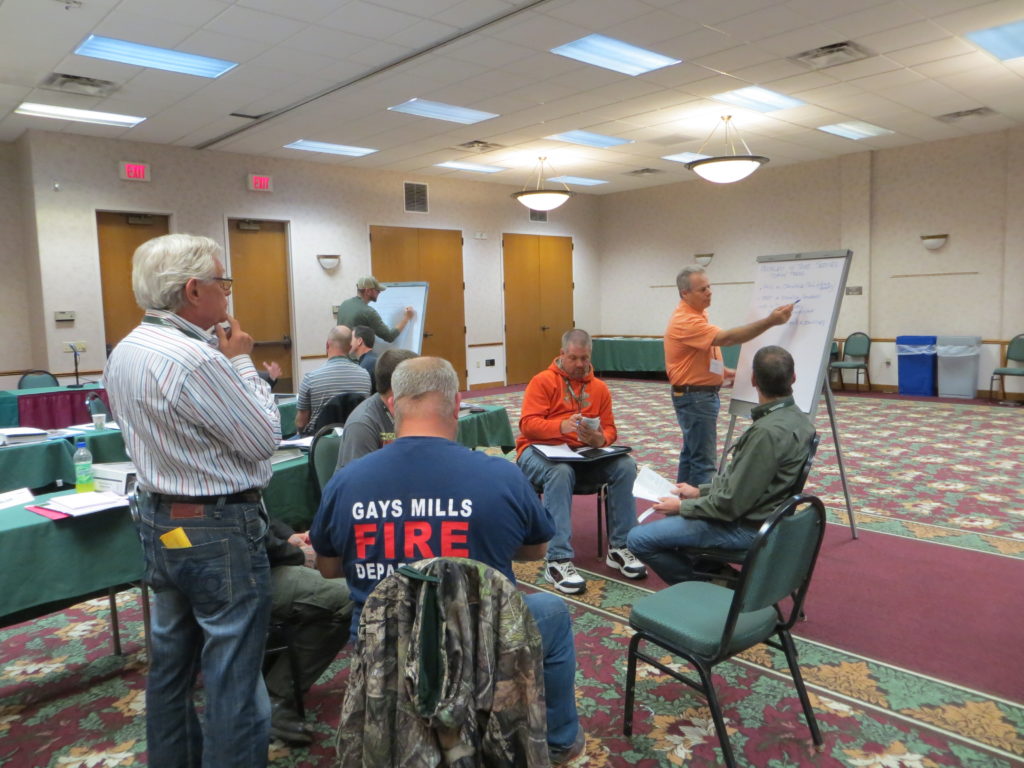 Are you a forestry expert interested in working with the Wisconsin Department of Natural Resources (DNR), forest industry professionals and natural resource leaders to ensure sustainable management practices of Wisconsin’s forest resources?
Are you a forestry expert interested in working with the Wisconsin Department of Natural Resources (DNR), forest industry professionals and natural resource leaders to ensure sustainable management practices of Wisconsin’s forest resources?